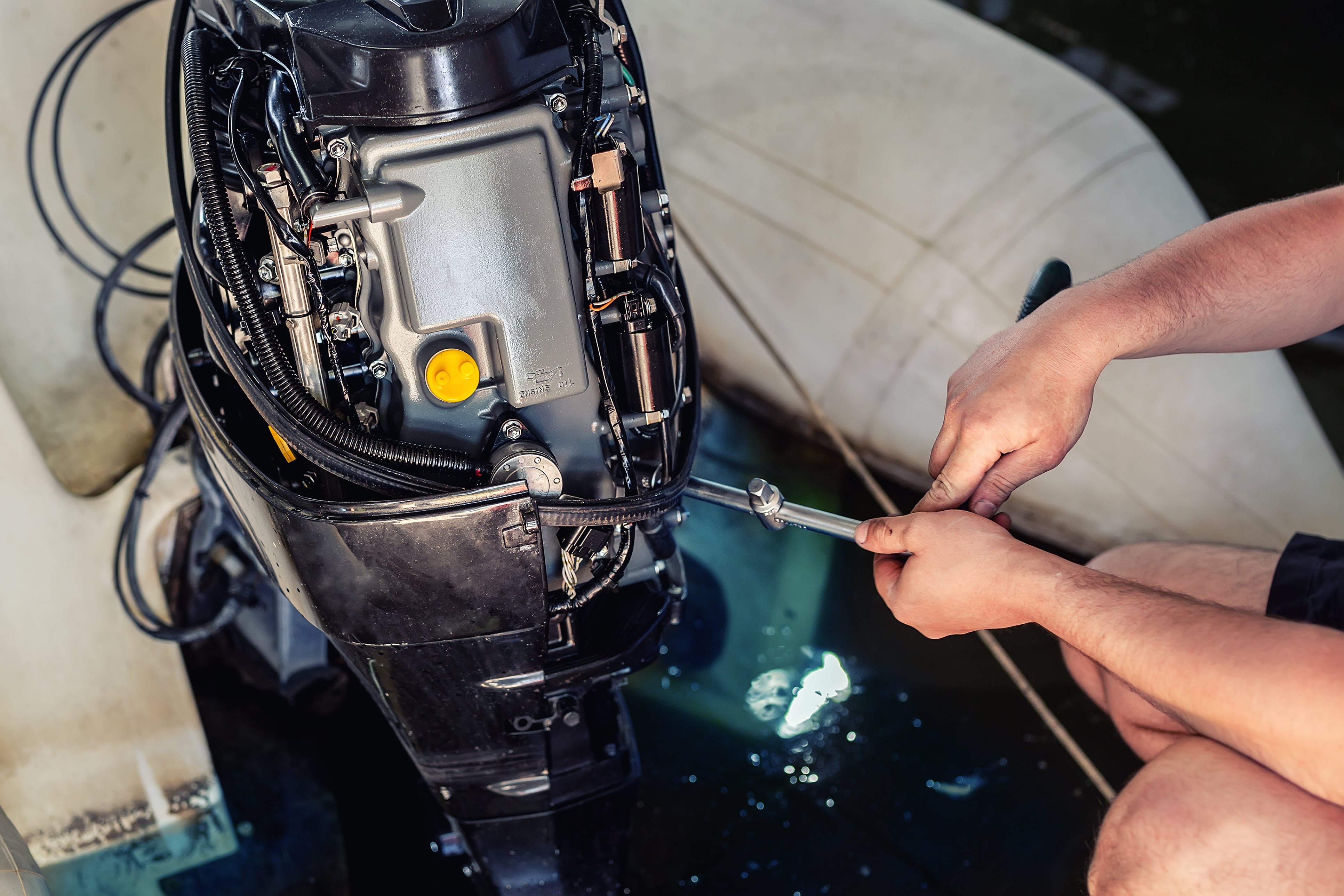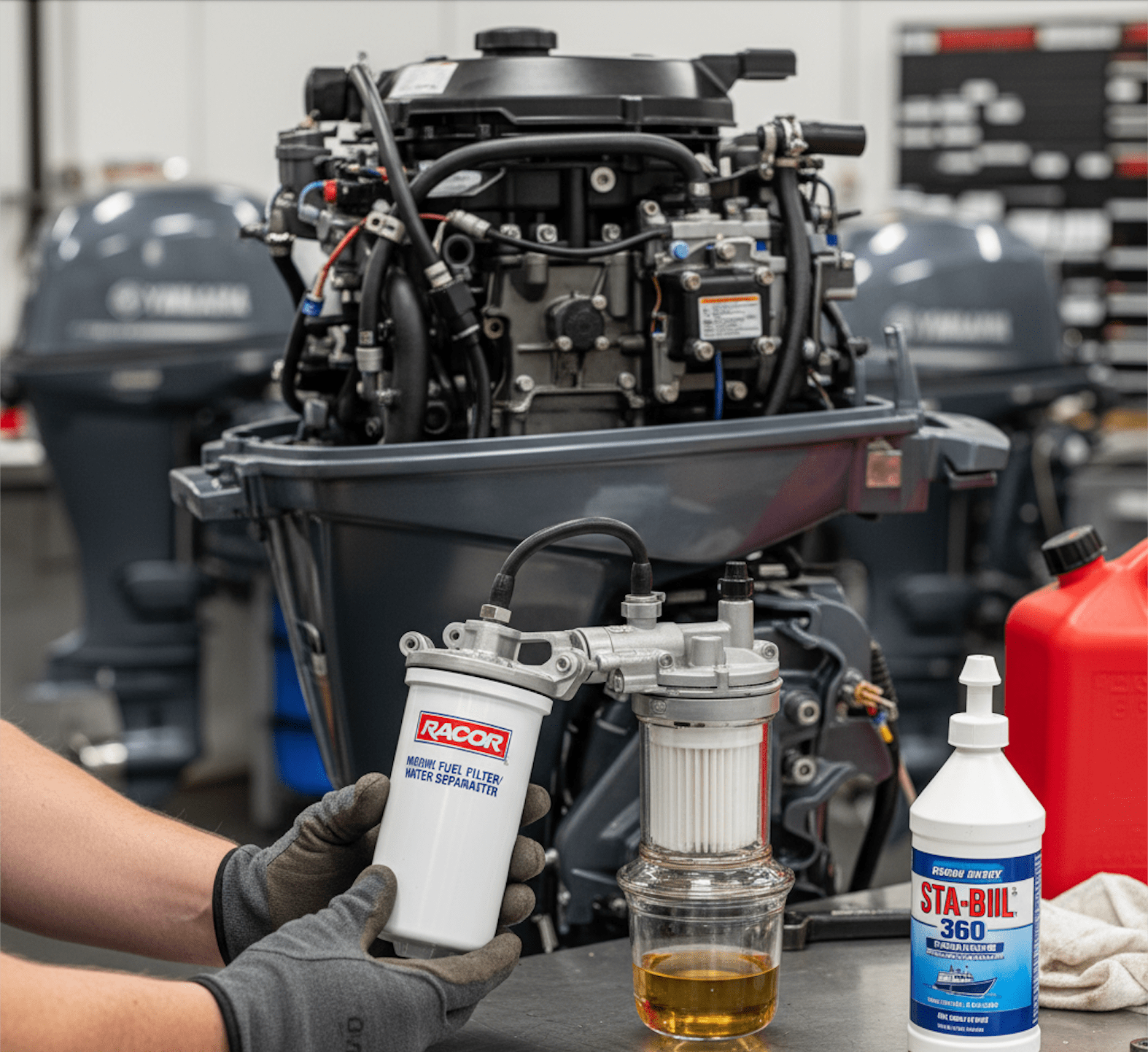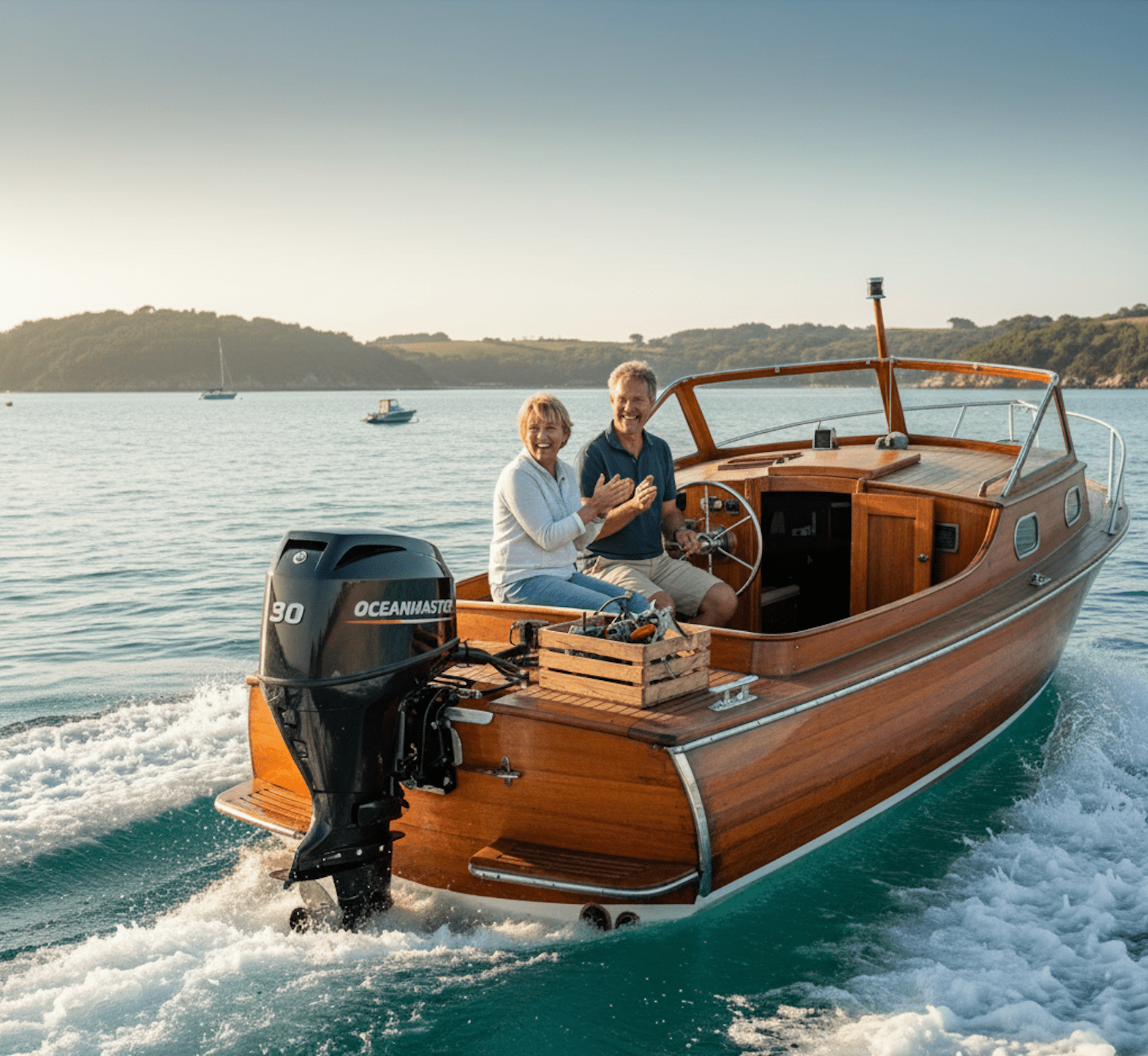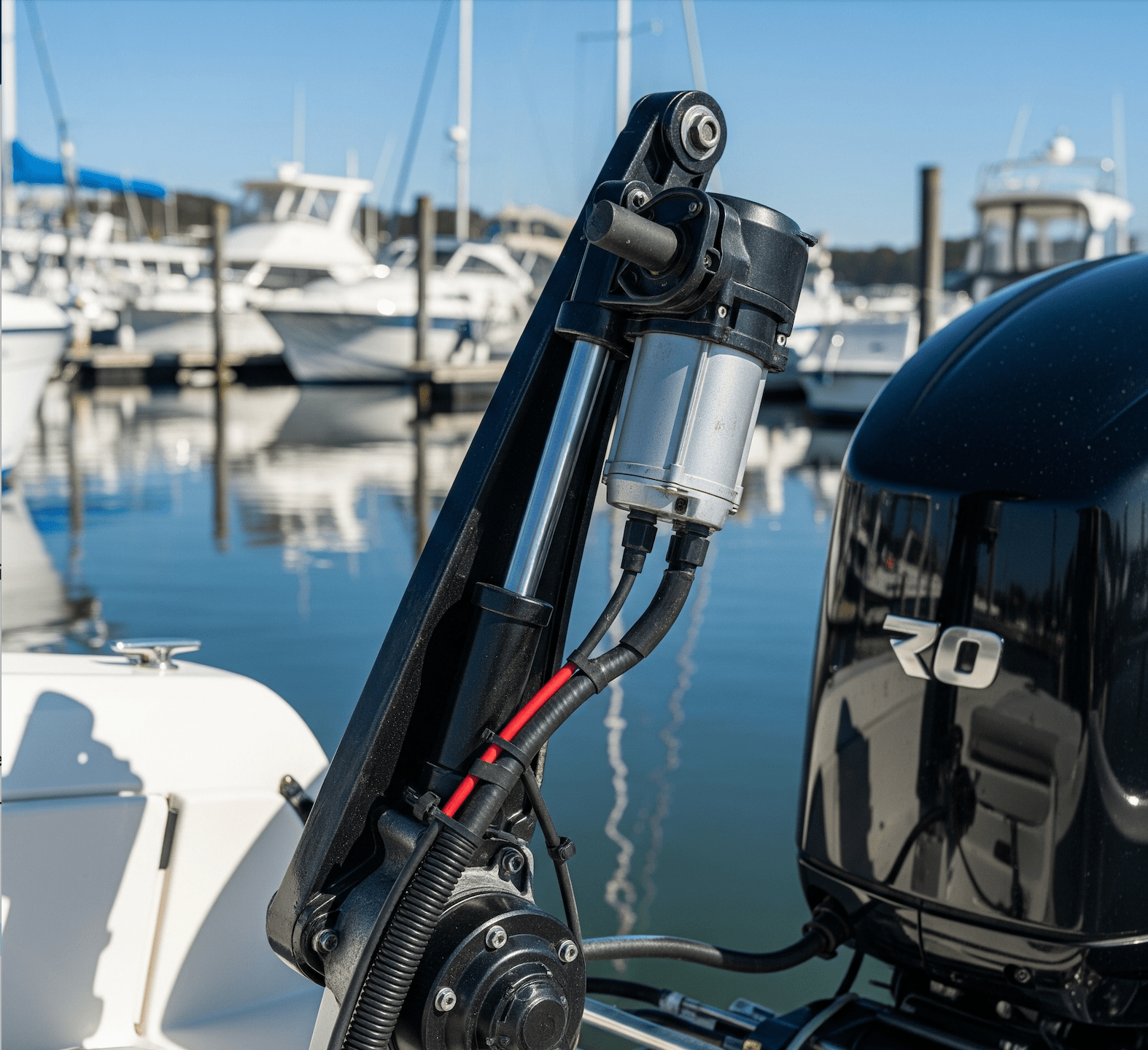There's a unique satisfaction that comes from understanding and maintaining your own outboard motor. For many boaters, the "do-it-yourself" (DIY) approach isn't just about saving money on labor; it's about building a deeper connection with their engine, understanding its nuances, and ensuring peak performance on the water.
At All Outboards, we're dedicated to equipping you with the knowledge and tools for self-sufficiency. If you're ready to tackle basic maintenance and common repairs on your outboard, having the right tools is paramount. You don't need a professional workshop, but a well-stocked toolbox is your best friend.
Here's our guide to the essential tools every DIY outboard mechanic should have in their arsenal.
The Basics: Every Toolbox Needs These
These are the fundamental hand tools you'll use for almost any task on your outboard.
- Metric Wrench and Socket Set: Modern outboards are predominantly metric. A good set (8mm to 19mm) is indispensable for bolts, nuts, and spark plugs. Look for both open-end wrenches and a socket set with a ratchet, extensions, and universal joints.
- Screwdriver Set: A variety of Phillips and flathead screwdrivers, including stubby and long-reach options, for various fasteners.
- Pliers (Needle-Nose, Slip-Joint, Diagonal Cutters): For gripping, bending, cutting wires, and handling small components.
- Adjustable Wrench: A versatile backup, but always prefer a correctly sized wrench or socket when possible to prevent rounding bolts.
- Rubber Mallet: For gently tapping components without causing damage (e.g., freeing a stuck propeller).
- Wire Brush: Essential for cleaning battery terminals, spark plug threads, and corroded areas.
Engine-Specific Essentials: Getting Inside Your Outboard
These tools are more specialized for working directly on the engine's internal components and systems.
- Spark Plug Wrench/Socket: Often a dedicated tool or a deep socket with a rubber insert to grip the plug. Crucial for routine spark plug inspection and replacement.
- Feeler Gauges: For checking spark plug gaps and valve clearances (on some 4-strokes).
- Oil Filter Wrench (for 4-strokes): A band-style or cap-style wrench specifically designed to remove and install spin-on oil filters.
- Fuel Filter Wrench (if applicable): Some fuel filters require a specific tool for removal.
- Grease Gun: Absolutely vital for lubricating grease zerks on the steering, tilt tube, and other pivot points to prevent corrosion and wear.
- Propeller Wrench/Socket: A large socket (often 1 1/16" or 1 1/8") and a breaker bar or long wrench for removing the propeller nut.
- Propeller Puller (Optional but Recommended): For stubborn props that are seized onto the shaft. Can save a lot of frustration and prevent damage.
Diagnostic & Measurement Tools: Understanding What's Happening
These tools help you assess engine health and pinpoint problems.
- Compression Tester: As discussed in our "Buying a Used Outboard" guide, this is invaluable for checking engine health and diagnosing internal issues.
- Multimeter: For testing electrical circuits, battery voltage, continuity, and diagnosing electrical problems. A basic digital multimeter is sufficient for most DIY tasks.
- Test Light: A simple tool for quickly checking for power or ground in electrical circuits.
- Timing Light (for older 2-strokes/carbureted engines): For checking and adjusting ignition timing. Less critical for modern EFI/DI engines.
- Infrared Thermometer (Optional but Useful): For checking engine component temperatures (e.g., cylinder heads, thermostat housing) to help diagnose overheating issues.
Fluids & Consumables: The Lifeblood of Your Outboard
These aren't "tools" in the traditional sense, but having the correct fluids and common consumables on hand is non-negotiable for maintenance.
- Manufacturer-Recommended Engine Oil: Crucial for 4-strokes (FC-W rated) and 2-strokes (TC-W3 rated). Always use the exact type and viscosity specified in your owner's manual.
- Lower Unit Gear Lube: Specific marine-grade gear lube.
- Marine Grease: Water-resistant, marine-grade grease for all lubrication points.
- Fuel Stabilizer: Essential for preventing fuel degradation, especially during storage.
- Spare Spark Plugs: Have a set of the correct spark plugs for your engine.
- Spare Fuel Filter(s): A common maintenance item, good to have on hand.
- Shop Rags/Paper Towels: For cleaning up spills and messes.
- Drain Pan: For collecting old oil and gear lube.
Safety Gear: Protect Yourself First!
Never overlook safety when working on your outboard.
- Safety Glasses/Goggles: Protect your eyes from debris, fuel, and chemicals.
- Gloves: Protect your hands from grease, oil, and sharp edges.
- Fire Extinguisher: Always have one nearby when working with fuel.
- Shop Manual (Physical or Digital): The most important "tool" of all! Your specific outboard's service manual provides detailed diagrams, torque specs, and step-by-step procedures. This is invaluable.
Building your DIY outboard mechanic's toolkit is an ongoing process. Start with the basics, add specialized tools as you gain confidence and tackle more complex tasks, and always prioritize safety. With the right tools and the comprehensive guides available on All Outboards, you'll be well-equipped to keep your motor running smoothly for many adventures to come.
Explore our resources for detailed guides on how to use these tools for specific maintenance tasks.
Subscribe to our newsletter and receive a selection of cool articles every weeks.







